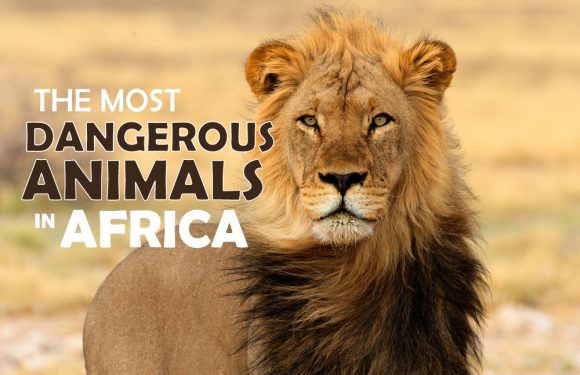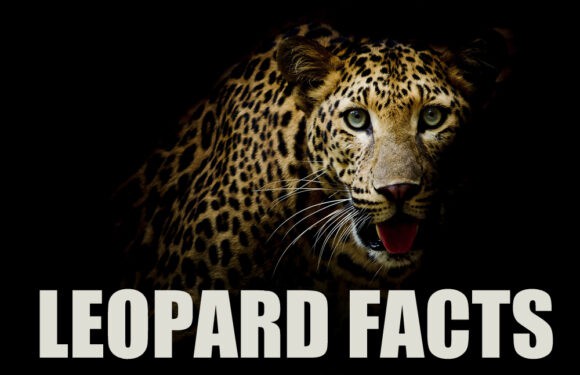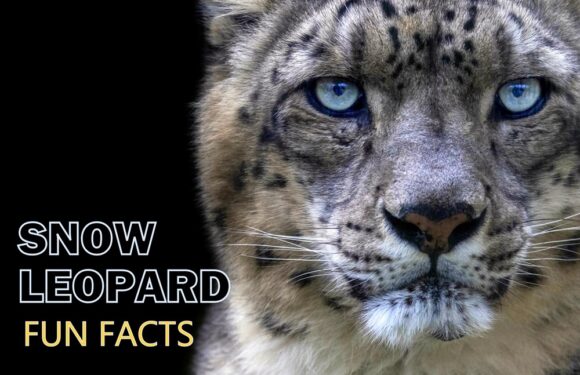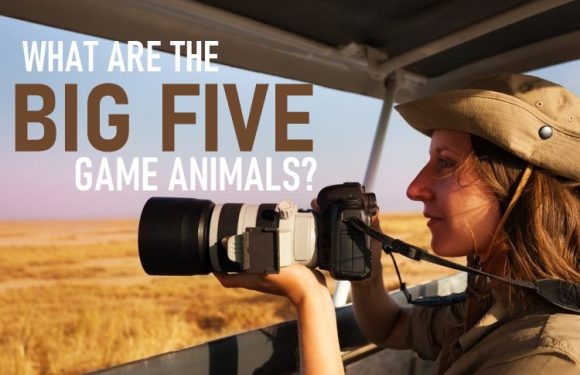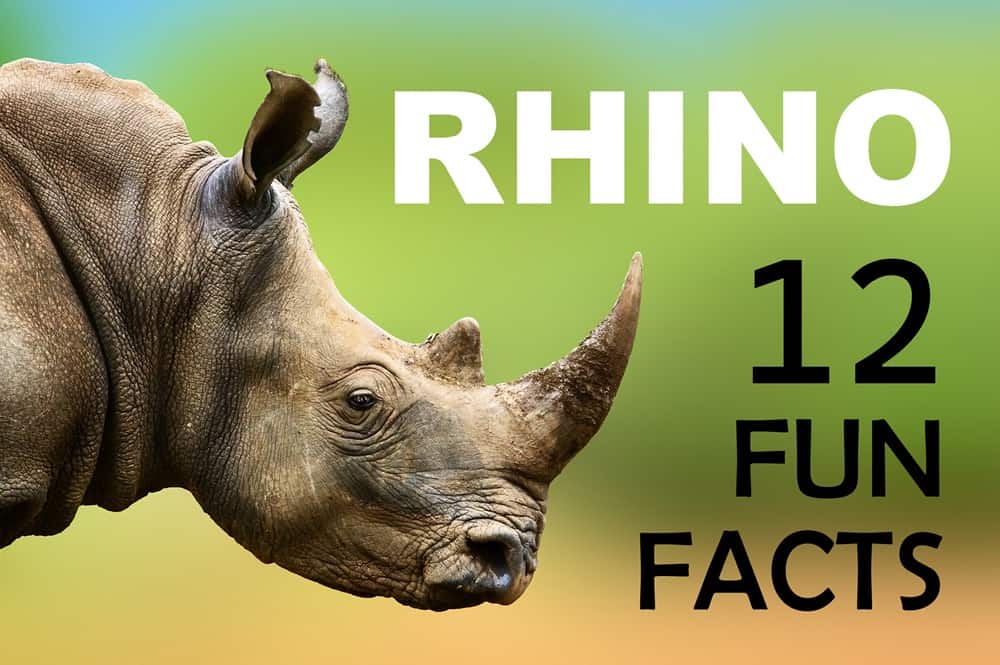
Tanzania is home to some of the most awe-inspiring animals on Earth. Among these, the rhinoceros holds a special place. With their prehistoric appearance and unique behaviors, rhinos have captured the hearts of wildlife enthusiasts.
In this article, we’ll uncover 10 intriguing facts that shed light on these creatures’ lives as well as the efforts to protect them.
1. There are Five Rhino Species
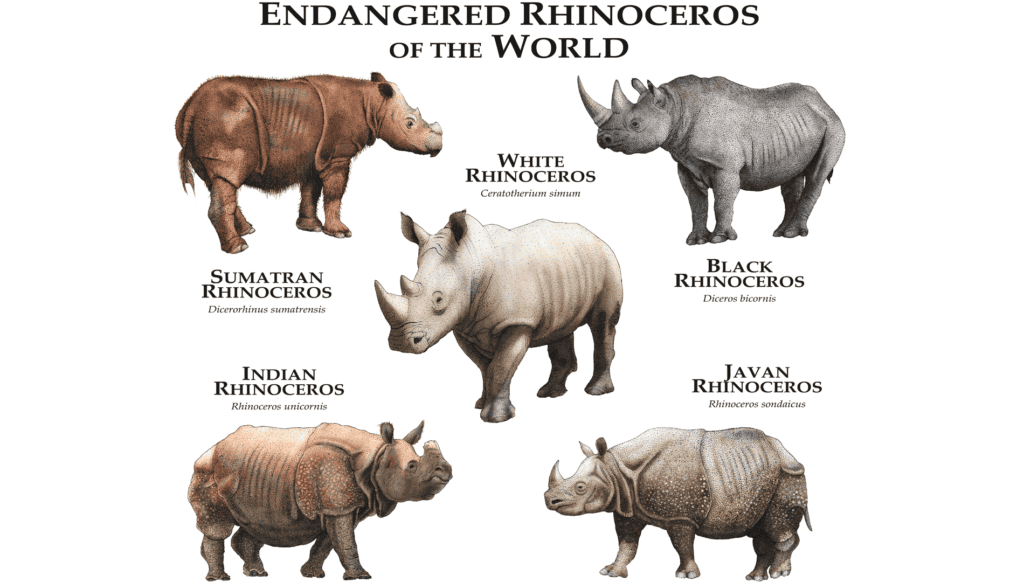
Rhinoceroses belong to a family of animals known as rhinocerotidae. There are five different species of rhinos found around the world. Two of these species, the white rhinoceros and the black rhinoceros, live in Africa. The other three, the Indian rhinoceros, Javan rhinoceros, and Sumatran rhinoceros, inhabit various parts of Asia.
2. Their Names are Misleading

In Africa, the names of the two main types of rhinos can be a bit misleading because both are actually gray. The “white” rhino’s name comes from the Afrikaans word “wijde,” which means “wide,” describing its wide mouth. Black rhinos, on the other hand, have a pointed upper lip for grasping leaves and twigs from trees and bushes.
3. They Were Giants in the Past

Rhinos are a relic of prehistoric times, showcasing an evolutionary journey that dates back millions of years. Their ancestors roamed our planet since the Eocene epoch some 50 million years ago. Their distinctive features are reminiscent of ancient megafauna. Elasmotherium is believed to have been around the size of a small elephant.
4. Rhinos are Still Plenty Big

Rhinos are some of the largest land animals on Earth. They can weigh as much as a car! The white rhinoceros is the heaviest of them all, with males reaching up to 5,000 pounds (about 2,300 kilograms). They have thick, sturdy bodies and short legs, making them well-suited for their African grassland habitats. As herbivores, they eat grass, leaves and fruit for nourishment.
5. Their Horns aren’t Made of Bone

One of the most distinctive features of rhinos is their horns. Both white and black rhinos have one or two horns on their snouts. These horns are made of a material called keratin, which is the same substance that makes up human hair and nails. Sadly, rhinos are often hunted for their horns, which has led to a decline in their populations.
6. Rhino Skin is like Armor

Rhinos have thick, tough skin that looks a bit like armor. This skin acts as natural protection against insects and the sun. It’s so tough that it can withstand thorns and sharp branches in their habitats. Underneath all that tough skin, you’ll find a layer of fat that helps rhinos regulate their body temperature.
7. They Have Bad Eyesight

Despite their incredible size and strength, rhinos have pretty poor eyesight. They can’t see very far, which means they may not spot you from a distance if you’re on safari. However, they have an excellent sense of smell and hearing, helping them detect potential dangers.
8. Rhinos Charge at Threats

Rhinos may seem calm and peaceful, but they can become quite aggressive when they feel threatened. If a rhino feels cornered or provoked, it may charge at the perceived threat. These charges can be incredibly fast, reaching speeds of up to 30 miles per hour!
9. They Wallow in the Mud
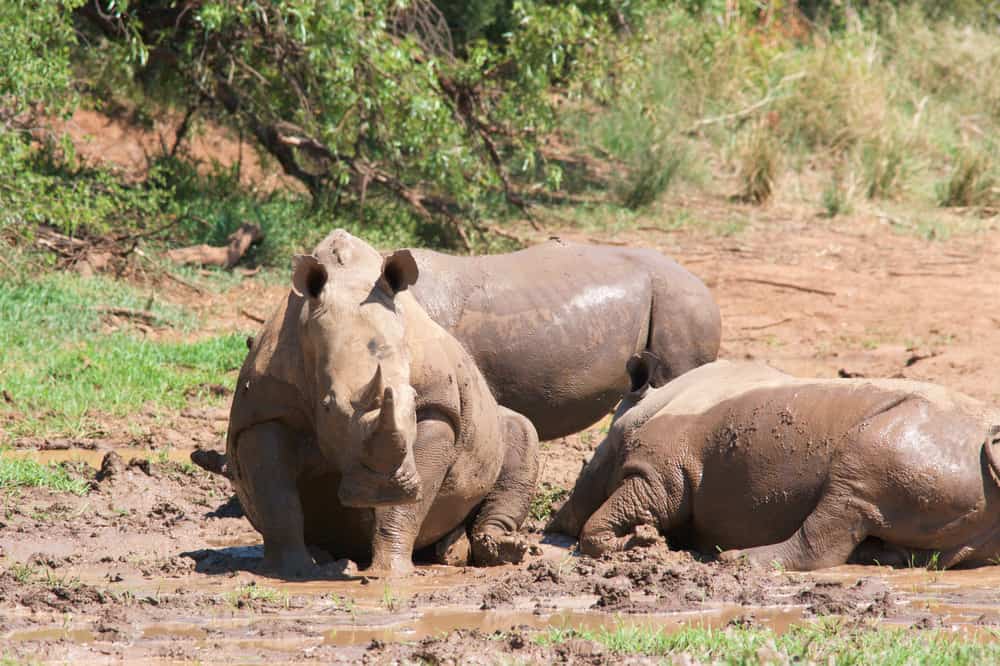
On hot days, rhinos like to cool off by taking mud baths. They roll around in mud puddles and cover themselves in a thick layer of mud. This not only helps them stay cool but also acts as a natural sunscreen, protecting their skin from the harsh African sun.
10. Rhinos Can Speak Through Their Poo

Rhinoceroses use their dung (poop) as a way to communicate with other rhinos. They leave dung piles in specific locations to mark their territory and let other rhinos know that they’ve been there. This “scat signaling” is an important part of their social interactions and can help avoid confrontations.
11. They Have a Long Lifespan
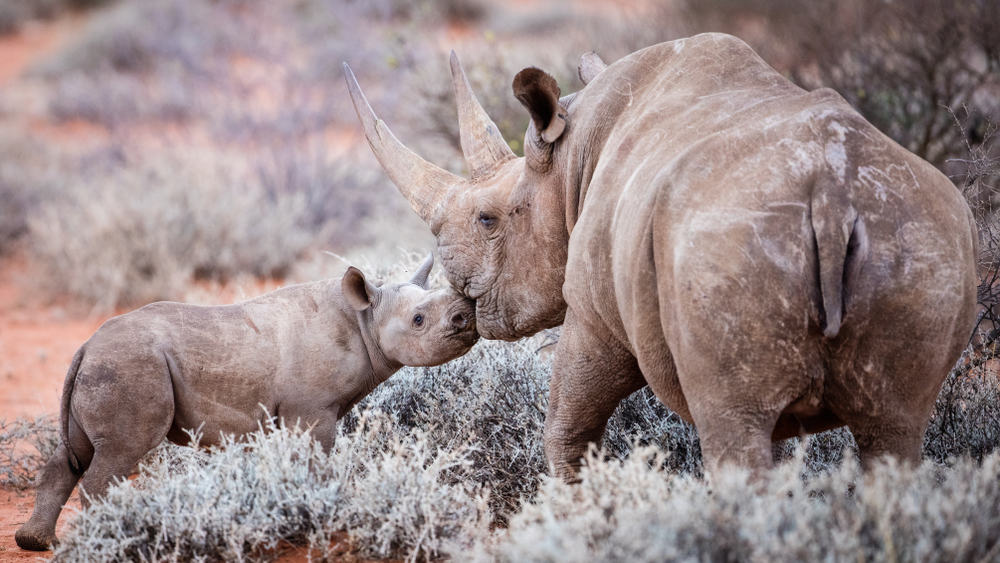
In the wild, rhinoceroses can live for about 35 to 50 years, depending on their species and the environment they live in. In captivity, where they receive care and protection, they may live even longer. This long lifespan allows them to contribute to their ecosystems for many years.
12. Rhino’s aren’t Good Swimmers

Despite their size, rhinos are not great swimmers. They are quite heavy and not built for swimming long distances. However, they can wade through shallow water if they need to cross a river or cool off, using their buoyant bodies to stay afloat.
Rhino Conservation
Rhinos are facing serious threats from poaching and habitat loss. Poaching for their horns driven by illegal trade and habitat loss have significantly reduced their numbers.
A report released in 2022 estimated that there are currently 22,137 rhinos in Africa – 6,195 black rhinos and 15,942 white rhinos.
In the 1960s, Tanzania was home to over 10,000 black rhinos. Tragically, their population dwindled to less than 20 rhinos by the 1990s. There are only two nothern white rhinoceros in the world. The two females live under constant protection in Kenya.

Since then, concerted conservation efforts have been launched to reverse this decline. These efforts encompass a multifaceted approach including rigorous anti-poaching measures, community engagement, habitat preservation, breeding programs, and demand reduction initiatives to combat the illegal trade in rhino products.
Rhino conservation is a complex and ongoing challenge. But with concerted efforts from governments, organizations, communities, and individuals around the world, we can work together to secure a future for rhinos.
Rhinoceros Quick Facts
- Scientific Name: Ceratotherium simum, Diceros bicornis, Rhinoceros unicornis, R. sondaicos, Dicerorhinus sumatrensis
- Common Name: White, Black, Indian, Javan, Sumatran
- Size: 4–15 feet tall, 7–15 feet long, depending on species
- Weight: 1,000–5,000 pounds
- Lifespan: 10–45 years
- Diet: Herbivore
- Habitat: Subharan Africa, Southeast Asia, Indian subcontinent
- Conservation Status: Critically Endangered (Javan, Sumatran, black), Vulnerable (Indian), Near Threatened (white)
Come see the black rhinos of Ngorongoro Crater and Serengeti National Park on your very own Ultimate Kilimanjaro safari.




















































